Forge of Empires Review
Pros: Casual title that becomes more complex as you play and unlock features, multiple eras with new techs to advance through
Cons: Limited early-game content, tedious gameplay, slow grindy experience, annoyingly linear progression, no real PVP combat
Gameplay: 6
Graphics: 6
Performance: 9
Overall: 7
We recently took some time out to play InnoGames' city building free to play browser title Forge of Empires, a progression based MMO where players start as an early Bronze Age settlement and advance through the ages to distant future eras where you improve their city, army and unlock features along the way. The game has been around for a few years (initially released in 2014) and in fairness is looking a little on the dated side, but as far as its core mechanics are concerned the game is as current as most other “building simulator” type MMOs. In fact, it was only through playing Forge of Empires that we realised how similar the game is to some of InnoGames other titles, or at least how similar some of the other titles are to Forge of Empires, particularly with our recent “Good & Bad” article of InnoGame’s more recent city builder Elvenar, and there were more than enough similarities between the two.
Whilst we were relatively new to the game we did have a good grasp on what to expect of an InnoGames title, Forge of Empires wouldn’t be something we could sit down and play for a few hours straight to form our review as that’s just not how the gameplay is structured. Instead our sessions were scattered across a few days so that we could try and experience as much of the game as possible, in all honesty even knowing this, even preparing ourselves for it… it didn’t make it any easier.
The format of the game breaks down primarily into four elements: learn new technologies, construct buildings to earn resources, train units, fight in the PVE campaign, and it is a constant cycle kept in place by a fairly rigid progression starting with the research tree itself. To unlock new techs we needed Forge Points, able to store 10 in total we would spend around 5 to unlock a new early tech, and it would take an hour until we earned a new one; the result being that our research advancement was artificially restricted. Second to this pretty much every tech needed at least two pre-requisite technologies, which them themselves also needed 2, meaning that ultimately we needed to unlock technologies in a fairly set order.
With our techs being unlocked in order that meant our new buildings would also be unlocked in order; initially the tutorial portion allowed us to get a few buildings constructed easily enough, placing them in a tiled city area (which we expanded through different techs later on) and were our main source of resources (gold and tools initially) and units. Tools we didn’t have much problem creating, but gold on the other hand seemed to get used up really quickly through a lot of the different features and to get more gold we had to physically click our residential buildings to collect it after it had been produced. Our initial Stilt Houses provided 11 gold every fifteen minutes, whilst we had a few of them this still meant we had to physically click each building and there was just nowhere near fifteen minutes of stuff to do so, as expected, it meant we’d have to check in every 15 mins just to collect enough gold so that we could keep playing. Advancing we unlocked the Chalet buildings (80 gold every 4 hours), on the one hand this rewards players for advancement, but on the other hand this basically makes the early game a frustrating micro-management that keeps forcing you to come back to the game JUST to click your buildings, and then rewards you by providing later game buildings where you don’t have to check in as much…. The reward for playing is that you don’t have to play as much.
Units had their own unique production buildings, early game we’d unlocked Spearmen and could create one every 15 seconds, but only had a maximum of 4 Spearmen slots available (the rest required spending Diamonds premium currency), but our standing army could only be made up of 8 units in total; it took 1 hour to build a Slinger, so it became quicker to make multiple Slinger barracks and training more than one at once. With our army created we could jump into the PVE campaign, a huge world map broken up into different regions, each defended by specific AI units that we’d have to defeat in combat. The PVE was the next gated progression we had to face, as each region had specific units and very early on the AI started using Warrior units (which would absolutely decimate our Spearmen and Slingers) it got to a point where there were just too many Warrior units for us to be able to beat the fight. There’s no way around it, we had as many units as possible and so all you can do is advance through the tech tree , which required 11 pre-requisite techs, before we could unlock Warriors and so the developers have put some very rigid progression restrictions in place that made the PVE element unplayable after a while.
The actual combat is quite interesting, battles take place on a hex grid battle map, with both teams starting at each side of the map and taking it in turns to move units around, taking advantage of terrain features, and working out your strategy in a chess-like manner. Whilst it’s better than most city builders (that generally have completely automated systems) the truth is that the AI was pretty basic and predictable, always zoning in for the same units. The game would be pretty great if it adopted some PVP elements with players facing off against each other, but the “PVP” element is simply attacking another player’s city and fighting AI controlled units the enemy player had assigned as defenders.
Overall Forge of Empires is just one of those games where you pretty much have a single player experience, the multiplayer component is a mix of attacking other players but not really interacting with them, or adding friends and assisting with each other’s settlements to provide boosts. It’s a Farmville style building MMO that forces players to advance in a linear fashion and keep checking in every so often to play somewhat casually. Having played Elvenar the game just feels like a more up to date version of Forge of Empires, but as Forge of Empires is the older title it has a large established community that still play, but there’s little difference between the two games that we could see. If you like a structured gameplay progression, and something casual to check in on and help grow from day to day, then the game has something to offer, otherwise it’s a frustratingly grindy experience.
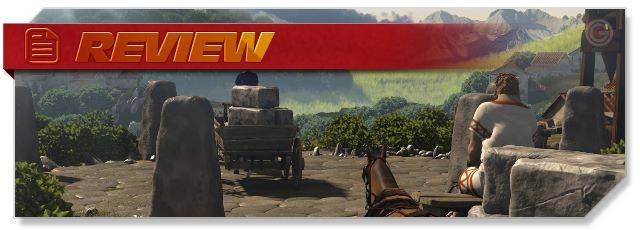
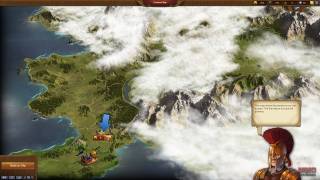
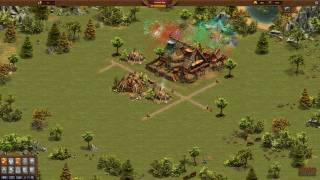
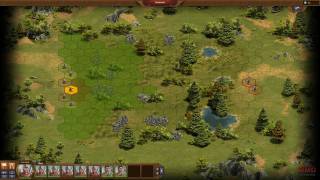
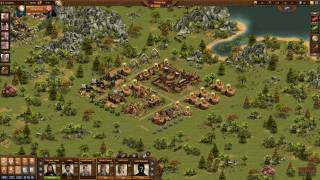
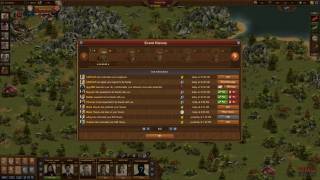
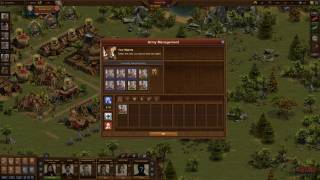
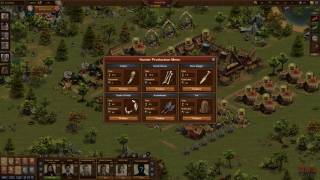
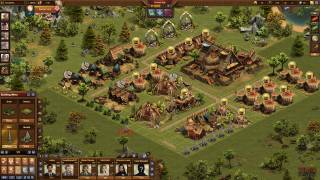
Deja tu comentario
You must be logged in to post a comment.